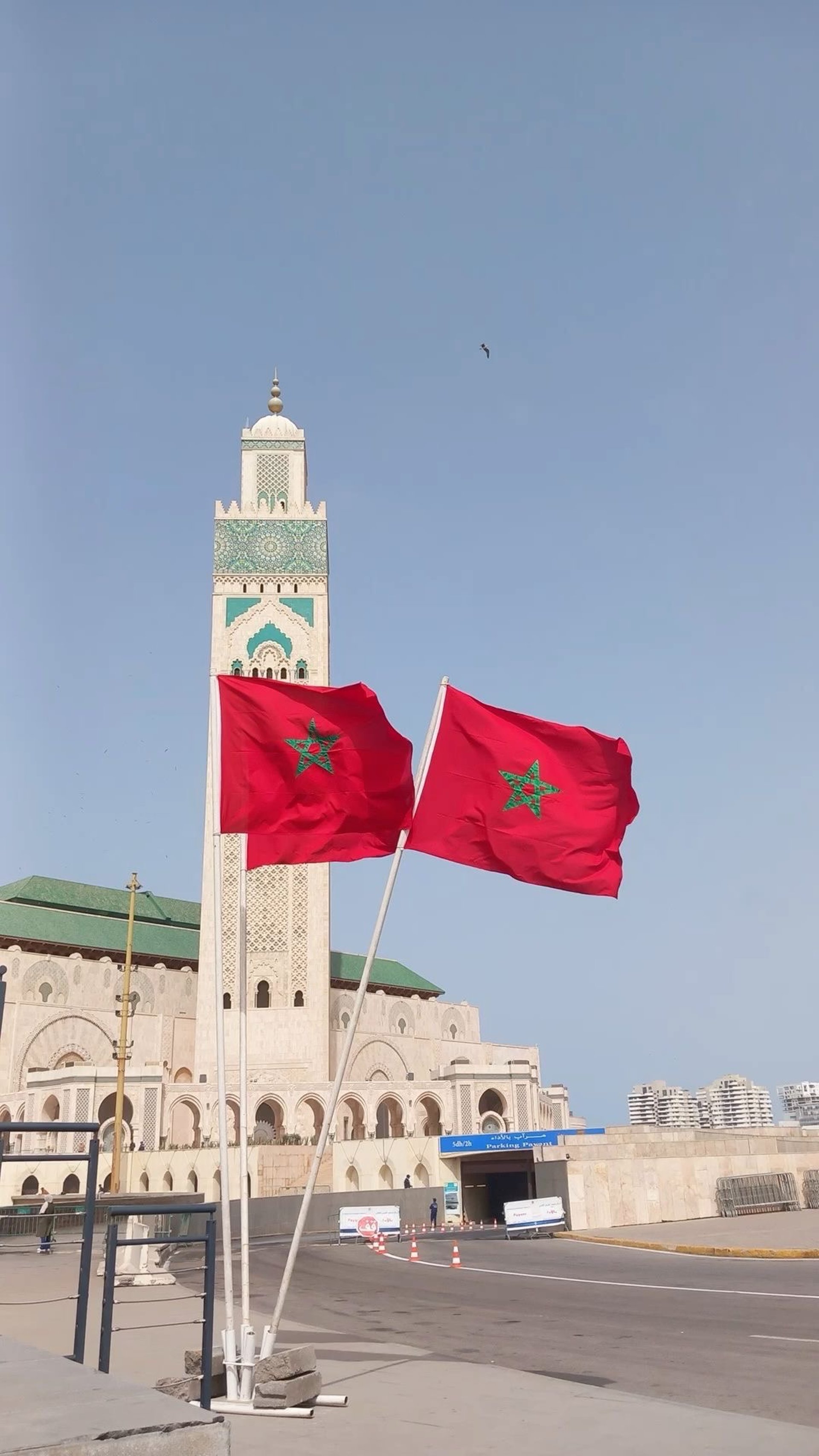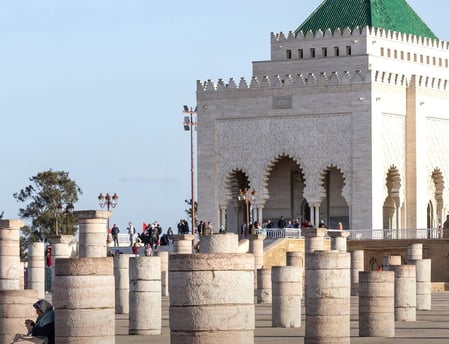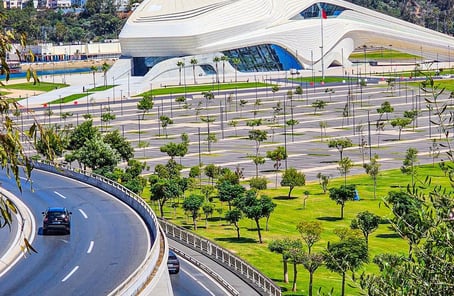
Discover Morocco's Cities


RABAT THE CAPETAL
The ocean, the old city and the Kasbah of the Oudayas make the heart of the Moroccan capital come alive.
A stunning old city
The Andalusian wall, built of mud in the 17th century, protects the south of the old city. This city will amaze the visitor with its straight alleys, unlike the maze of old cities with its winding alleys. You can enter the city through "Bab El Had", where a weekly market was held every Sunday. From here begins the Souika Street, the longest and perhaps the most lively street in the city. This street leads to the Grand Mosque and to the "Souk Sebat" (shoe market) covered with stripped reeds and whose shops display hundreds of slippers (balgha in Moroccan Arabic), leather products, traditional crafts, gold and silver jewelry. Then you will find the partially covered Street of the Consuls, where you will see craftsmen working before your eyes to make carpets from long wool, fabrics and copper. If you head north, you will reach Bab Oudayas.
Kasbah of the Udayas
This fortress has preserved its ancient cannons placed in its impregnable fortress. Its beautiful and massive door is completely covered with engravings, and one of its towers houses three art galleries. These white and blue facades will leave you with a Mediterranean impression. Its streets will lead you to the old mosque, the oldest mosque in the city, and then to the old platform for waving flags. From here, as in the nearby Moorish café, you will see a breathtaking view of Rabat, its neighbor Salé, and the meeting point of the Bou Regreg Valley with the ocean. At the top of the area, the Udayas Palace, which today houses the National Museum, has preserved its original inlays with an elegant and balanced character. As for the Andalusian garden that extends at its feet, it is a paradise full of fruit trees, wreaths of pink laurel and cascades of bougainvillea.
As a reminder
Behind these dark red and orange bracelets, the old city is keen to preserve the traditions of the kingdom.

